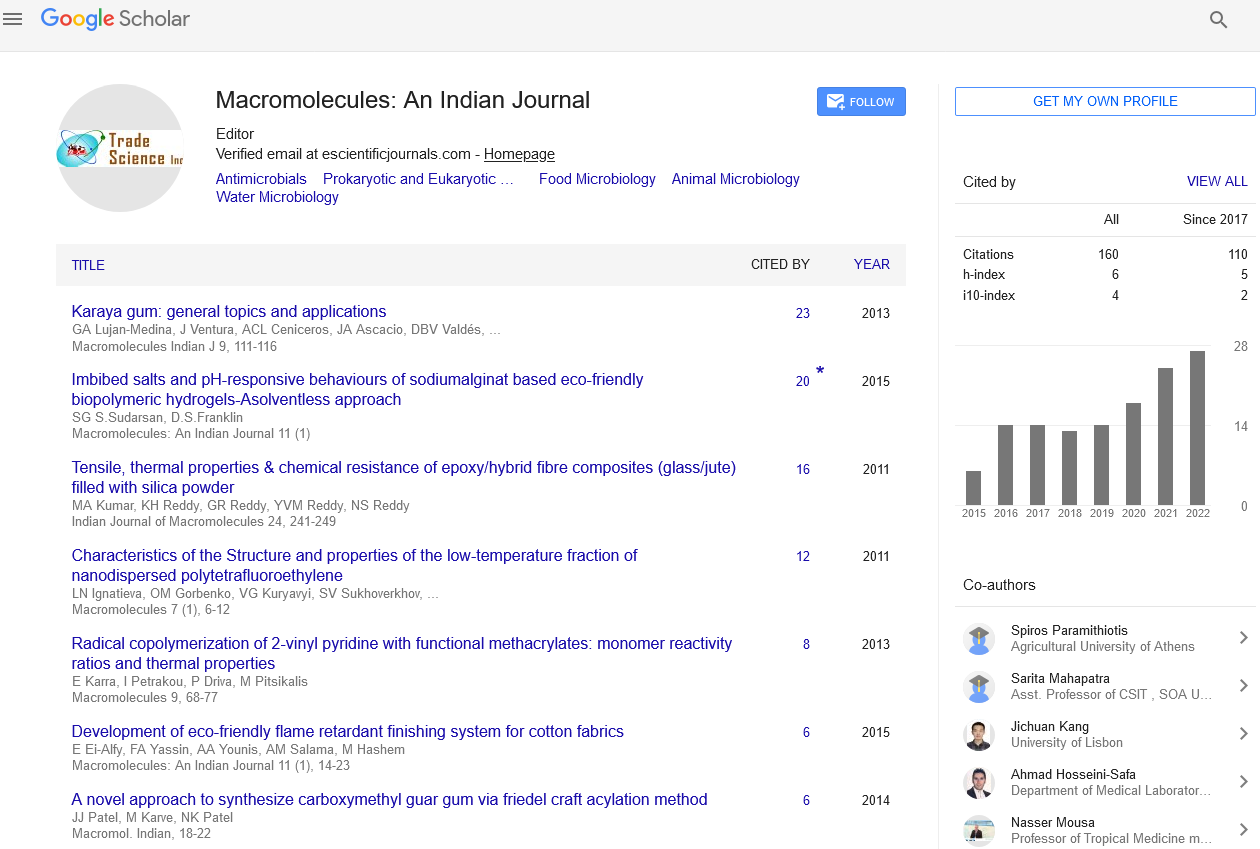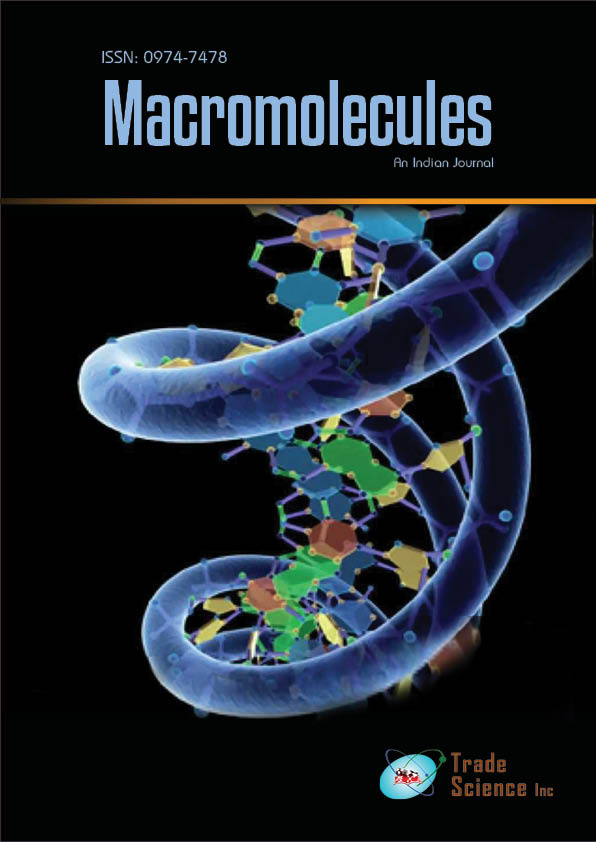Abstract
Persual on synthesis, pattern and applications of polyurethane as functional macromolecule
Author(s): A.Shokuhi RadPolyurethanes are one of themost versatilematerials in the world today. Their many uses range fromflexible foam in upholstered furniture, to rigid foam as insulation in walls, roofs and appliances to thermoplastic polyurethane used in medical devices and footwear, to coatings, adhesives, sealants and elastomers used on floors and automotive interiors. For the manufacturing of polyurethane polymers, two groups of at least bifunctional substances are needed as reactants; compounds with isocyanate groups, and compounds with active hydrogen atoms. Polyurethane can be made in a variety of densities and hardnesses by varying the type of monomer(s) used and adding other substances to modify their characteristics, notably density, or enhance their performance. The physical and chemical character, structure, andmolecular size of these compounds influence the polymerization reaction, aswell as ease of processing and final physical properties of the finished polyurethane. In addition, additive such as catalysts, surfactants, blowing agents, cross linkers, flame retardants, light stabilizers, and fillers are used to control and modify the reaction process and performance characteristics of the polymer.

